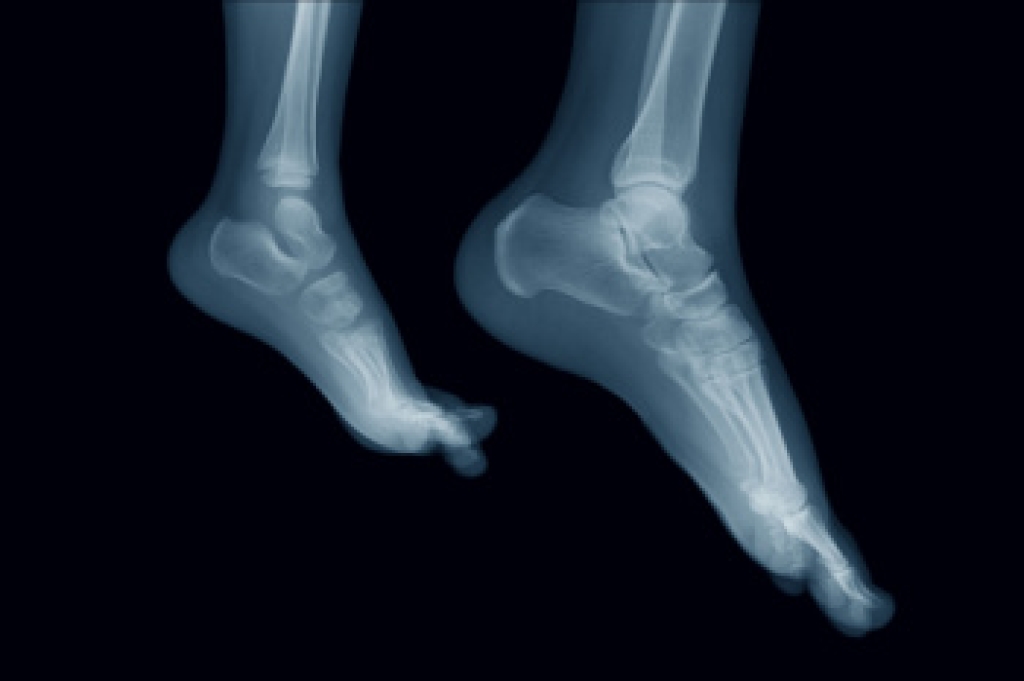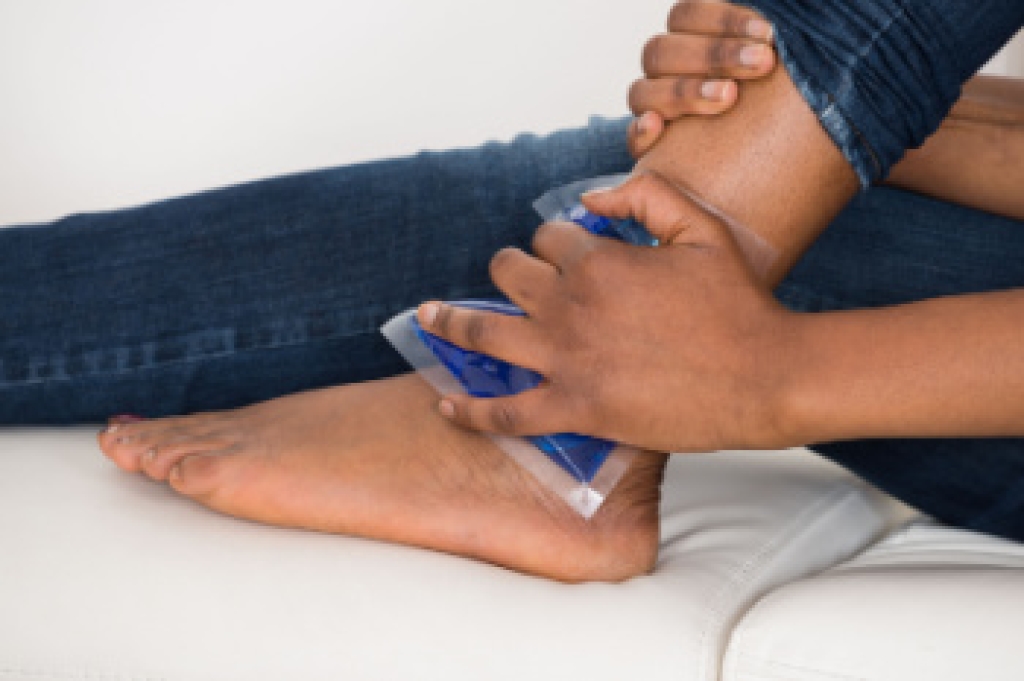
The foot and ankle form a complex structure designed to support body weight, absorb shock, and maintain balance during movement. They consist of numerous bones connected by joints, ligaments, and muscles that work together to provide strength and flexibility. The soles and ankles contain sensory receptors that help the body detect pressure and adjust balance with each step. When any part of this system is injured or strained, it can affect mobility and stability. A podiatrist can assess structural issues, treat injuries, and recommend exercises or custom orthotics to restore proper function. If you have developed foot pain, it is suggested that you consult a podiatrist who can determine the cause and offer effective treatment solutions.
If you have any concerns about your feet, contact Dr. Yeon A. Shim from Roselle Podiatry Group. Our doctor can provide the care you need to keep you pain-free and on your feet.
Biomechanics in Podiatry
Podiatric biomechanics is a particular sector of specialty podiatry with licensed practitioners who are trained to diagnose and treat conditions affecting the foot, ankle and lower leg. Biomechanics deals with the forces that act against the body, causing an interference with the biological structures. It focuses on the movement of the ankle, the foot and the forces that interact with them.
A History of Biomechanics
- Biomechanics dates back to the BC era in Egypt where evidence of professional foot care has been recorded.
- In 1974, biomechanics gained a higher profile from the studies of Merton Root, who claimed that by changing or controlling the forces between the ankle and the foot, corrections or conditions could be implemented to gain strength and coordination in the area.
Modern technological improvements are based on past theories and therapeutic processes that provide a better understanding of podiatric concepts for biomechanics. Computers can provide accurate information about the forces and patterns of the feet and lower legs.
Understanding biomechanics of the feet can help improve and eliminate pain, stopping further stress to the foot.
If you have any questions please feel free to contact our office located in Roselle, NJ . We offer the newest diagnostic and treatment technologies for all your foot and ankle needs.





